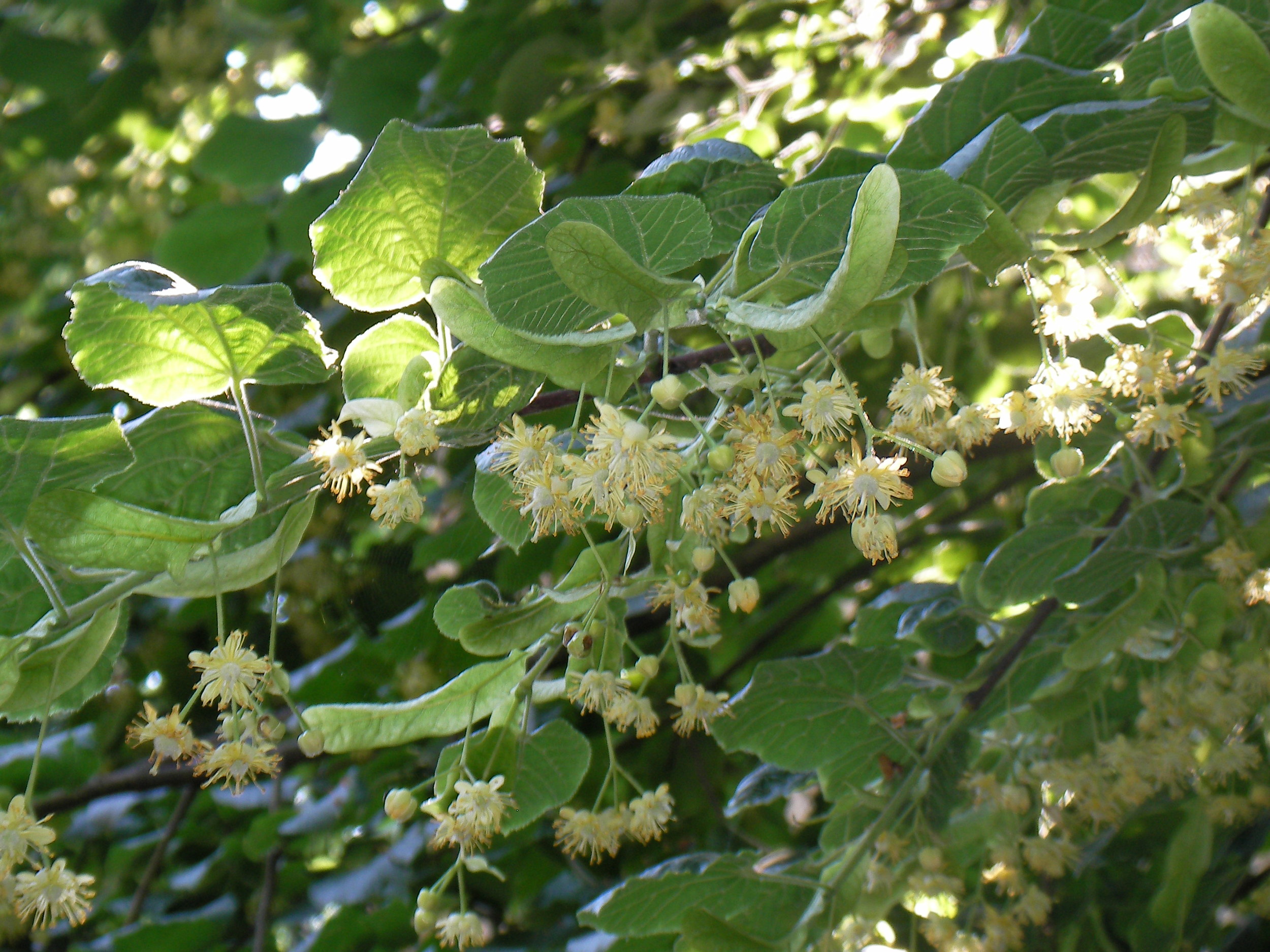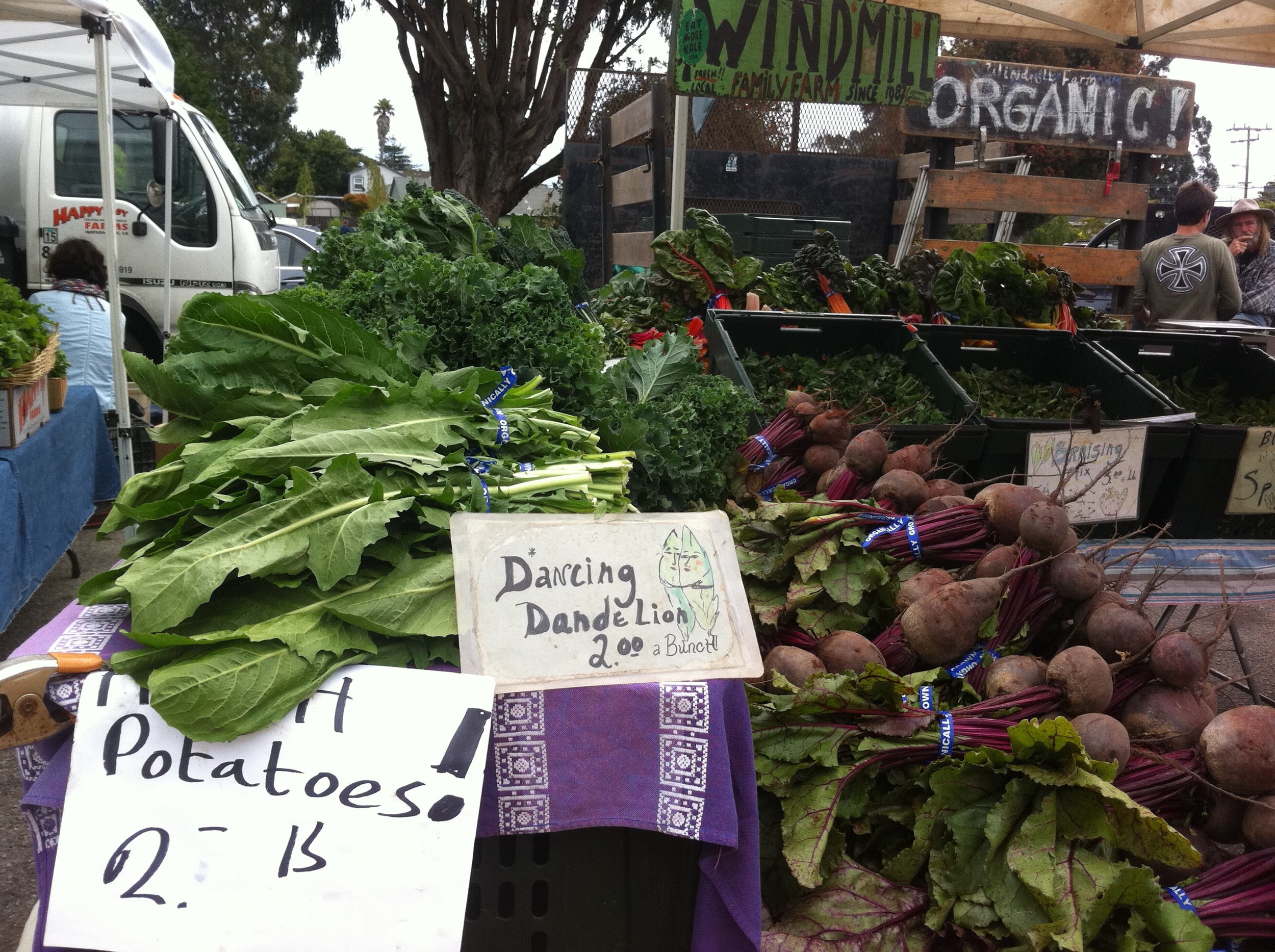 They say smell is our most evocative sense, and every time I've stepped out of my front door this week memories have wafted up to me along with the sweet fragrance of Lime Flowers. It's the scent that gives Paris its famous springtime air, but for me the associations are all with London. The streets of our city are crammed with these tall trees with their heart shaped pale green leaves, some left to grow as they are, some pollarded and others trimmed into arches or hedges. If they are growing on your street, you might spot them by looking for gaps in the rows of parked cars. As well as their strange-looking flowers, the trees drip with a sticky sap-like substance which bonds to your car's paint work and attracts dust and dirt, leaving your car looking like a dog which has been rolling in a puddle. It's evil stuff and i always think car wash guys, who already seem to have a pretty rough deal, must curse the trees at this time of year.
They say smell is our most evocative sense, and every time I've stepped out of my front door this week memories have wafted up to me along with the sweet fragrance of Lime Flowers. It's the scent that gives Paris its famous springtime air, but for me the associations are all with London. The streets of our city are crammed with these tall trees with their heart shaped pale green leaves, some left to grow as they are, some pollarded and others trimmed into arches or hedges. If they are growing on your street, you might spot them by looking for gaps in the rows of parked cars. As well as their strange-looking flowers, the trees drip with a sticky sap-like substance which bonds to your car's paint work and attracts dust and dirt, leaving your car looking like a dog which has been rolling in a puddle. It's evil stuff and i always think car wash guys, who already seem to have a pretty rough deal, must curse the trees at this time of year.
I’m not sure where the name Lime came from; perhaps from the bright green colour of the flowers, it certainly isn’t related to the citrus family. The trees go under various aliases including Linden and the Latin Tilia europa. In France they call it Tilleul and it's a hugely popular tisane, famed for its light, floral taste as well as its ability to calm feverish overexcited children - and adults, for that matter. I love this herb and use it a lot in my herbal practice, including in my 'Happy Tea' where it combines with Lemon Balm, Rose, a little Lavender and a touch of Liquorice to create a very pretty brew which is uplifting and calming.
If you live in London, this week is the time to get picking to secure your supply of this lovely herb - absolutely free. Finish reading this blog, take a good look at the picture above to ensure you're identifying it correctly and then off you go! Take a paper bag or a colander with you. If you can go to a park, that's ideal, but if you are picking on the street, look for a tree which isn't too close to the road. It will also be very helpful if it has a few low sweeping branches, as the only problem with harvesting this herb can be the huge crop of lime flowers you can see waving around 10 feet above your head. You may notice that there is some variations from tree to tree. Leaves on one tree will be as small as a matchbox, on another they can be larger than an iPhone (I'm sure that's how Culpeper described it...). And some flower earlier, though only by a couple of weeks. I usually expect to pick mine around midsummer, so it’s definitely blossoming early this year.
I picked a big bagful last afternoon from the trees at the bottom of my garden, which I have kept the tree surgeon away from to ensure plenty of those low slung, flower filled branches. You'll see from the picture above the unique structure of the flower: you want both the long, papery tongue-shaped bit and its little seventies-style starburst flowers. Timing is very important here - before the flower is ready to pick there are three lime-green buds, immediately after flowering the seed pods start to form and these look remarkably similar to the buds, except they are fully spherical and brown. You'll rarely get a flower where all three of the starbursts are blooming at the same time so I try to pick the flowers which have two starbursts and a bud. But as ever with herb harvesting, follow your nose and pick the flowers which have the best smell!
You can use them fresh, but the flowers are easy peasy to dry. Put a handful in a paper bag, packing them not too tightly and tie the bag tightly at the top, trying to catch plenty of air in there. You want a plump looking bag in which the flowers rattle when you shake it. Now hang it somewhere warm and dry - an airing cupboard is ideal - for a couple weeks. Commercial herb suppliers scrunch the flowers up once they are dry, but I leave mine whole as they dry beautifully, keeping their form and colour. I use a round clear glass teapot with an insert, as it magnifies their crazy shape and shows off the unexpectedly deep pinky shade of the tea. Once dry, I keep them in a tightly sealed kilner jar on my kitchen herb shelf and hoard them for the winter. There is nothing like scooping out 3 or 4 flower heads for my teapot on a winter’s afternoon and finding myself momentarily back on the streets of London (or Paris) on a sunny midsummer’s afternoon.
The sun is shining, so go on! Take 10 minutes out of your day to accept nature’s (and the local Parks Department's) free gift to you.





